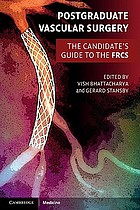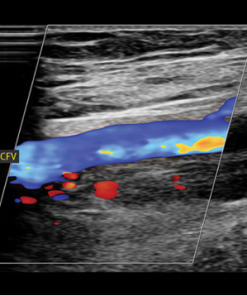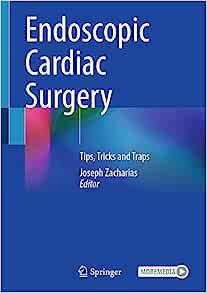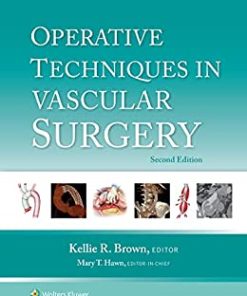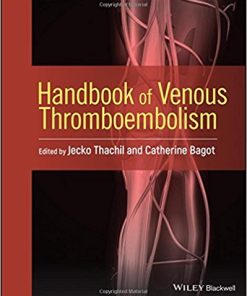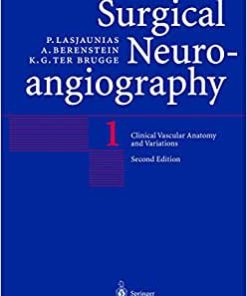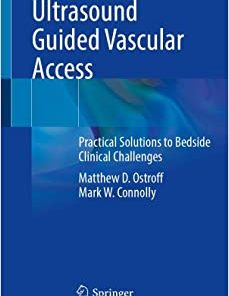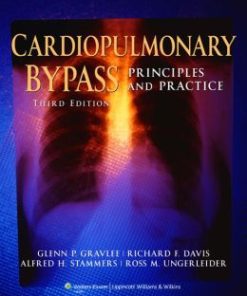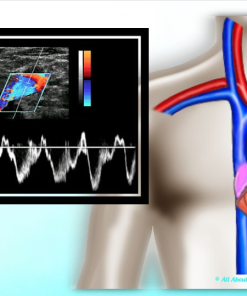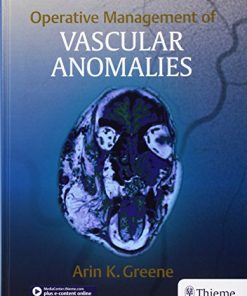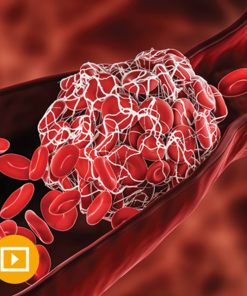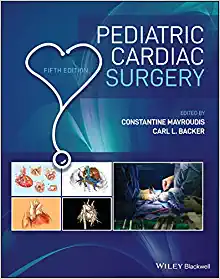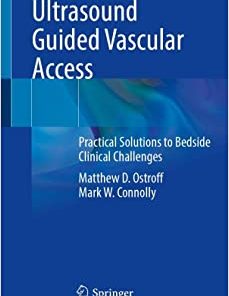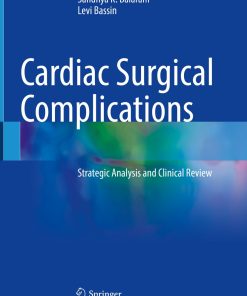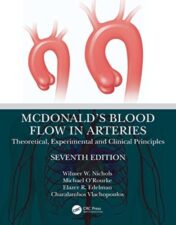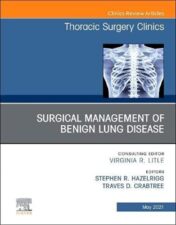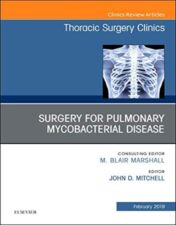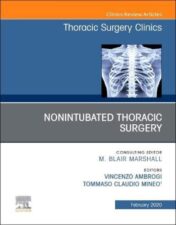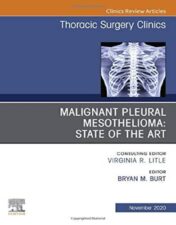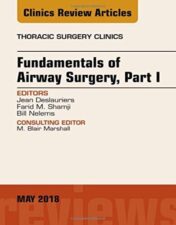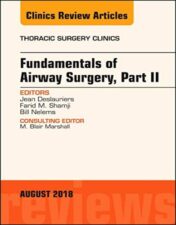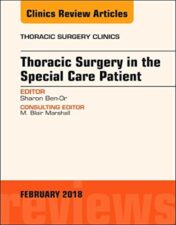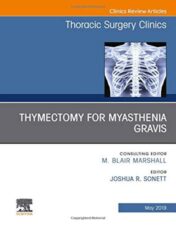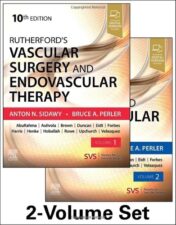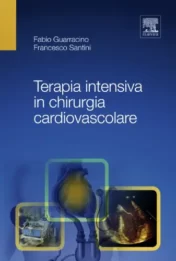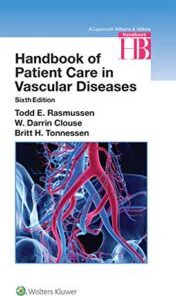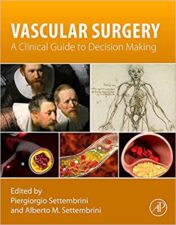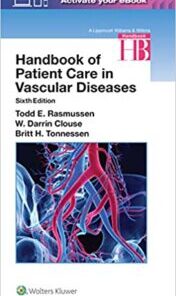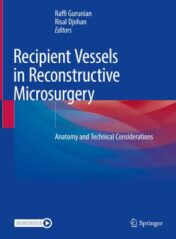Society for Vascular Medicine Comprehensive Review of Vascular Ultrasound Interpretation and Registry Preparation 2023
Please log in to view product prices.
Format : 28 MP4 + 2 PDFs
Society for Vascular Medicine Comprehensive Review of Vascular Ultrasound Interpretation and Registry Preparation 2023
Are you looking to expand your knowledge of non-invasive vascular testing? Look no further than this comprehensive online CME program! With 40 lectures delivered by nationally-renowned speakers, this program covers all aspects of non-invasive vascular testing, including imaging techniques, testing protocols, vascular pathology, and even the fundamentals of vascular physics.
Not only will you receive abundant case study materials to enhance your learning, but you’ll also have access to over 100 registry-type exam questions to help prepare you for the RPVI examination. Plus, this program satisfies IAC Vascular Testing continuing medical education requirements.
But it’s not just about passing an exam or fulfilling requirements. This program also provides valuable insight on topics such as quality improvement and patient safety, as well as running a high quality vascular laboratory. With a focus on best practices, you’ll gain the skills and knowledge necessary to provide top-notch care to your patients.
The unique learning objectives of this course span a wide range of topics. From recognizing basic ultrasound physics concepts, to identifying common imaging and Doppler artifacts, to using arterial duplex and physiological testing to assess lower extremity arterial disease, this program has got you covered. You’ll even learn to recognize uncommon and rare vascular disorders, making you a more well-rounded practitioner.
But don’t just take our word for it – check out the impressive list of speakers and topics covered in this program. With experts covering everything from the basics of laboratory technology and operations to venous duplex for diagnosis of deep venous thrombosis, you’re sure to find valuable insights and knowledge in this program.
So why wait? Order this program today and start expanding your knowledge of non-invasive vascular testing!
Product Details
- Imaging techniques (grayscale, color and spectral Doppler, physiological testing)
- Various testing protocols and diagnostic criteria
- A broad range of vascular pathology, both common and rare
- Fundamentals of vascular physics
- Quality improvement and patient safety
- And more…
- Recognize basic ultrasound physics concepts and their application to vascular ultrasound and physiologica testing
- Identify common imaging and Doppler artifacts encountered in the vascular laboratory
- Use grayscale imaging, color Doppler analysis, and spectral Doppler waveforms to assist in the diagnosis of arterial and venous disease
- Apply interpretation skills for diagnosis of internal carotid artery stenosis using duplex ultrasound
- Apply interpretation skills for diagnosis of venous thrombosis and venous valvular reflux using duplex ultrasound
- Use arterial duplex and physiological testing to assess severity and anatomic location of lower extremity arterial disease
- Apply standard diagnostic criteria to diagnose abdominal aortic aneurysm (AAA) and renal and mesenteric artery stenosis using duplex ultrasound
- Use color and spectral Doppler analysis to assess the patency of arterial and venous stents and following endovascular AAA repair
- Recognize uncommon and rare vascular disorders encountered in the vascular laboratory
- Use best practices for running a high quality vascular laboratory, including quality improvement program, accreditation, and prevention of work-related musculoskeletal disorder (WRMSD) among technical personnel
- Identify areas of knowledge deficit to improve preparation for the ARDMS Registered Physician in Vascular Interpretation (RPVI) examination
Related Products
VASCULAR SURGERY
Postgraduate Vascular Surgery: The Candidate’s Guide to the FRCS (Cambridge Medicine)
VASCULAR SURGERY
VASCULAR SURGERY
Atlas of Thoracoscopic Anatomical Pulmonary Subsegmentectomy
VASCULAR SURGERY
VASCULAR SURGERY
VASCULAR SURGERY
VASCULAR SURGERY
VASCULAR SURGERY
VASCULAR SURGERY
2022 SVM Online Board Review Course (Society for Vascular Medicine)
VASCULAR SURGERY
VASCULAR SURGERY
VASCULAR SURGERY
Clinical Approach to Vascular Ultrasound and RPVI Prep Course 2023
VASCULAR SURGERY
VASCULAR SURGERY
Minimally Invasive Thoracic Surgery: Principles and Practice of Thoracoscopic Technique
VASCULAR SURGERY
Veines superficielles et profondes des membres: Traitements endoveineux et chirurgicaux
VASCULAR SURGERY
VASCULAR SURGERY
Medical treatment and operative repair of abdominal aortic aneurysms (UNI-MED Science)
VASCULAR SURGERY
VASCULAR SURGERY
VASCULAR SURGERY
VASCULAR SURGERY
VASCULAR SURGERY
VASCULAR SURGERY
VASCULAR SURGERY
VASCULAR SURGERY
VASCULAR SURGERY
VASCULAR SURGERY
Ultrasound Guided Vascular Access: Practical Solutions to Bedside Clinical Challenges
VASCULAR SURGERY
VASCULAR SURGERY
Current Vascular Surgery 2013 (Modern Trends in Vascular Surgery)
VASCULAR SURGERY
VASCULAR SURGERY
VASCULAR SURGERY
Anatomic Exposures in Vascular Surgery 4e ( + Converted PDF)
VASCULAR SURGERY
Cardiopulmonary Bypass: Principles and Practice, 3rd Edition
VASCULAR SURGERY
VASCULAR SURGERY
SVU 45th Annual Conference: Vascular Imaging Educators Workshop 2023
VASCULAR SURGERY
VASCULAR SURGERY
Mastering Doppler Principles and Hemodynamics- AllAboutUltrasound
VASCULAR SURGERY
VASCULAR SURGERY
VASCULAR SURGERY
VASCULAR SURGERY
VASCULAR SURGERY
VASCULAR SURGERY
Ultrasound Guided Vascular Access: Practical Solutions to Bedside Clinical Challenges
VASCULAR SURGERY
VASCULAR SURGERY
Carotid Treatment: Principles and Techniques, 3rd Edition (Original PDF from Publisher)
VASCULAR SURGERY
Techniques in Minimally Invasive Thoracic Surgery, 1st edition (Original PDF from Publisher)
VASCULAR SURGERY
Cirurgia Vascular: Cirurgia Endovascular, Angiolgia, 4th Edition (Original PDF from Publisher)
VASCULAR SURGERY
VASCULAR SURGERY
VASCULAR SURGERY
VASCULAR SURGERY
VASCULAR SURGERY
VASCULAR SURGERY
VASCULAR SURGERY
VASCULAR SURGERY
VASCULAR SURGERY
VASCULAR SURGERY
VASCULAR SURGERY
VASCULAR SURGERY
VASCULAR SURGERY
VASCULAR SURGERY
VASCULAR SURGERY
VASCULAR SURGERY
VASCULAR SURGERY
VASCULAR SURGERY
VASCULAR SURGERY
VASCULAR SURGERY
VASCULAR SURGERY
Rutherford’s Vascular Surgery and Endovascular Therapy, 2-Volume Set 10th Edition PDF & Video
VASCULAR SURGERY
VASCULAR SURGERY
VASCULAR SURGERY
Cerebrovascular Surgery Controversies, Standards and Advances 2022 Original pdf+videos
VASCULAR SURGERY
Varikose: Diagnostik – Therapie – Begutachtung, 2nd Edition (German Edition) 2022 Original PDF
VASCULAR SURGERY
Introduction to Vascular Neurosurgery 2022 Original PDF+videos
VASCULAR SURGERY
VASCULAR SURGERY
Genesis, Pathophysiology and Management of Venous and Lymphatic Disorders 2022 Original PDF
VASCULAR SURGERY
Vascular Complications of Surgery and Intervention: A Practical Guide 2022 Original PDF
VASCULAR SURGERY
Aortic Dissection and Acute Aortic Syndromes 2021 Original pdf
VASCULAR SURGERY
VASCULAR SURGERY
Kompaktwissen Gefäßmedizin Gefäßchirurgie, Angiologie und endovaskuläre Medizin 2021 original pdf
VASCULAR SURGERY
VASCULAR SURGERY
VASCULAR SURGERY
Vascular Technology Ultrasound Registry Review(GULFCOAST ULTRASOUND INSTITUTE)VIDEOS+ EXAM MODE-QUIZ




